Focus on Sustainable Practices
The Membrane Microfiltration Market is increasingly aligned with the global focus on sustainable practices. As industries face pressure to reduce their environmental footprint, membrane microfiltration technologies offer an effective solution for water reuse and recycling. This focus on sustainability is particularly relevant in sectors such as agriculture and municipal water treatment, where efficient water management is critical. The market is projected to benefit from this trend, as companies invest in technologies that promote resource conservation and minimize waste. The growing emphasis on sustainability is likely to drive innovation and investment in membrane microfiltration solutions, further enhancing their market presence.
Growing Industrial Applications
The Membrane Microfiltration Market is expanding due to the growing range of industrial applications. Industries such as pharmaceuticals, food and beverage, and chemical processing are increasingly utilizing membrane microfiltration for various processes, including product clarification, sterilization, and concentration. This diversification of applications is driving market growth, as companies seek to improve product quality and operational efficiency. The market is anticipated to grow at a CAGR of around 7% over the next few years, reflecting the increasing adoption of membrane technologies across different sectors. As industries continue to explore innovative applications, the potential for membrane microfiltration solutions appears promising.
Rising Demand for Water Purification
The Membrane Microfiltration Market is witnessing an increasing demand for water purification solutions, driven by the growing concerns over water quality and safety. Industries such as food and beverage, pharmaceuticals, and municipal water treatment are increasingly adopting membrane microfiltration technologies to ensure compliance with health regulations. The market is projected to reach a valuation of USD 5 billion by 2026, reflecting a robust growth trajectory. This demand is further fueled by the need for efficient wastewater treatment solutions, as industries seek to minimize their environmental impact. Consequently, the adoption of membrane microfiltration technologies is becoming a critical component in achieving sustainable water management practices.
Regulatory Compliance and Environmental Standards
The Membrane Microfiltration Market is significantly influenced by stringent regulatory compliance and environmental standards. Governments and regulatory bodies are imposing stricter guidelines on water quality, necessitating the adoption of advanced filtration technologies. This trend is particularly evident in sectors such as municipal water treatment and industrial wastewater management, where compliance with environmental regulations is paramount. As industries strive to meet these standards, the demand for membrane microfiltration solutions is expected to rise. The market is likely to benefit from this trend, as companies invest in technologies that not only ensure compliance but also enhance operational efficiency and reduce costs.
Technological Innovations in Membrane Microfiltration
The Membrane Microfiltration Market is experiencing a surge in technological innovations that enhance filtration efficiency and reduce operational costs. Advanced membrane materials, such as polymeric and ceramic membranes, are being developed to improve performance and longevity. These innovations are crucial as they allow for the treatment of a wider range of feed water qualities, thus expanding the market's potential. Furthermore, the integration of automation and smart monitoring systems is streamlining operations, making it easier for industries to maintain compliance with stringent regulations. As a result, the market is projected to grow at a compound annual growth rate (CAGR) of approximately 8% over the next five years, driven by these technological advancements.


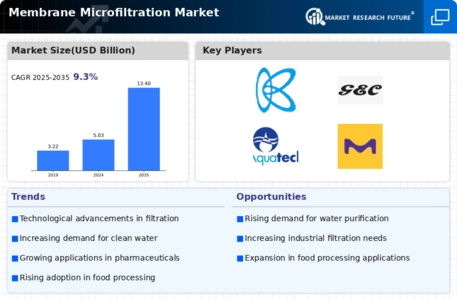
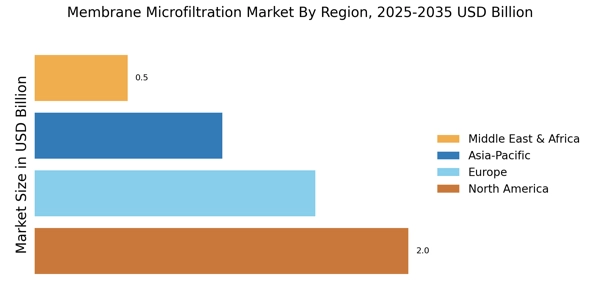
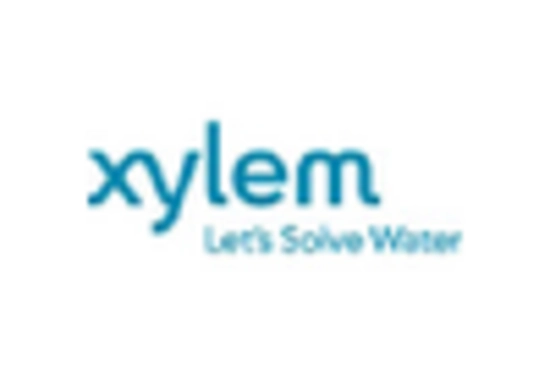
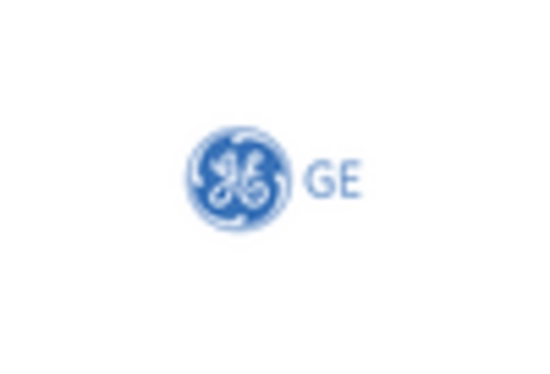

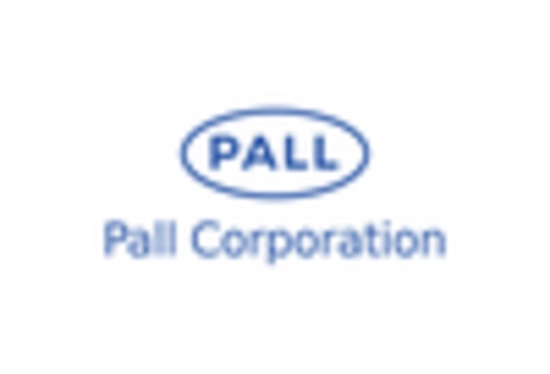
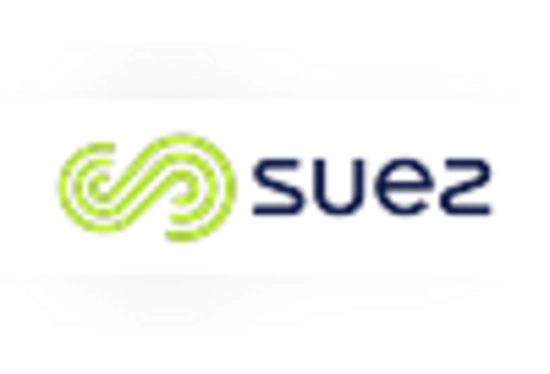
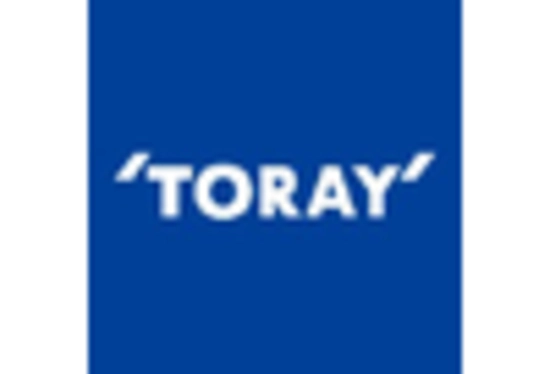








Leave a Comment